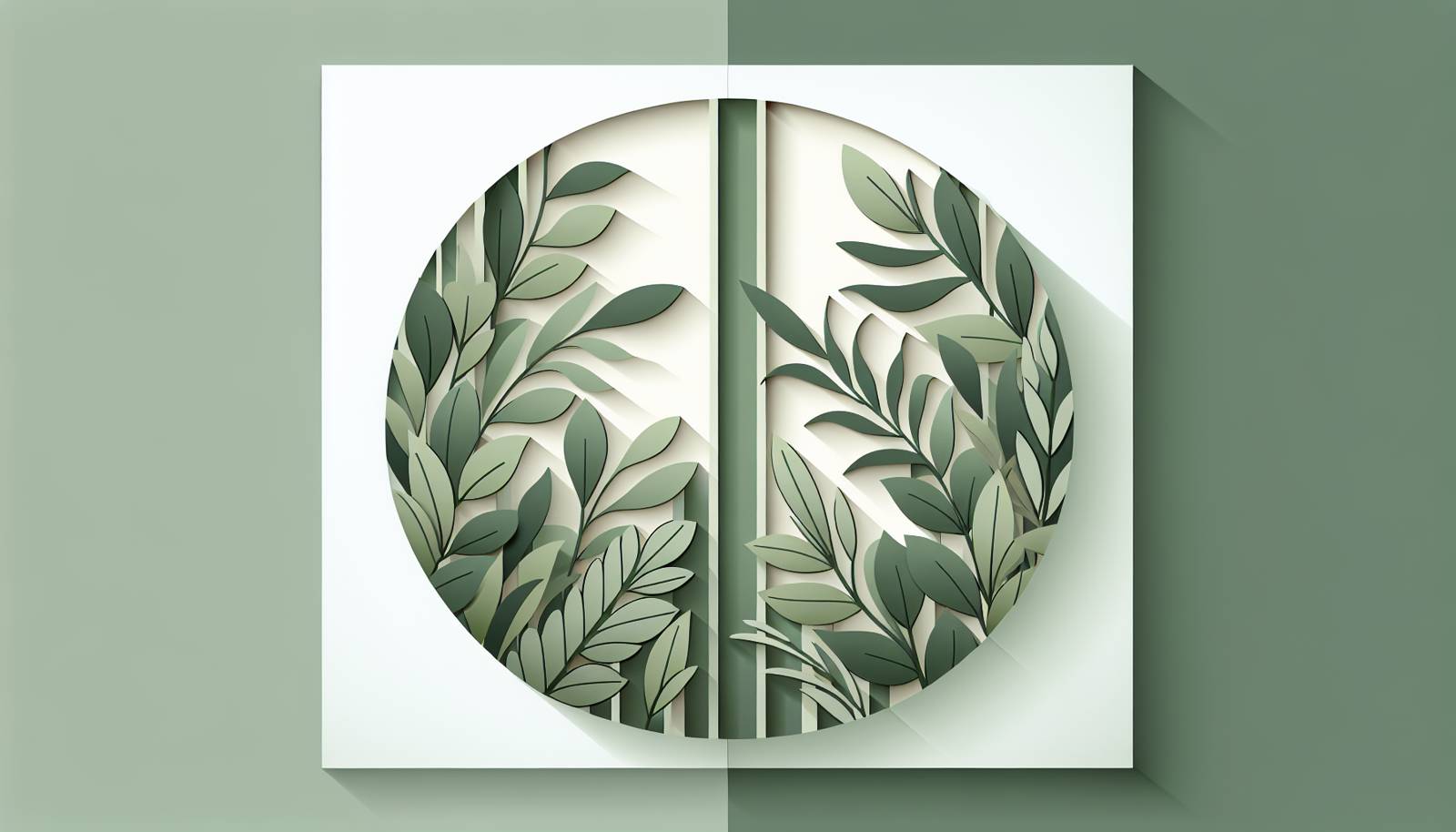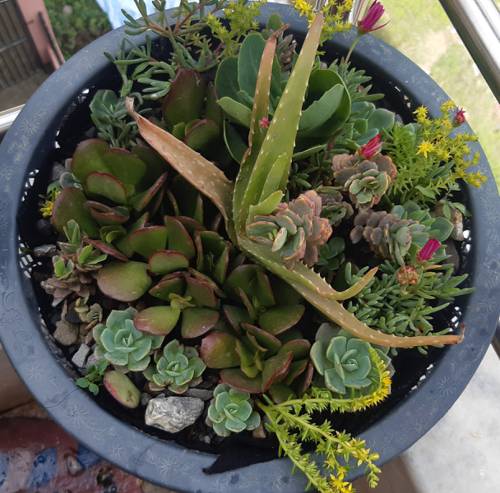
FAQ About Creating Indoor Plant-based Natural Dividers

What are plant-based natural dividers?
Plant-based natural dividers are arrangements of plants used to separate or define spaces within indoor environments. They serve as an eco-friendly alternative to traditional dividers by providing privacy, enhancing air quality, and contributing to interior aesthetics. These dividers can be created using potted plants, vertical gardens, or other creative setups that utilize greenery to naturally segment areas within a room.

Why should I use plants as dividers in my indoor space?
Using plants as dividers indoors offers several benefits. They can improve air quality by absorbing carbon dioxide and releasing oxygen. Plants also add natural beauty and tranquility to spaces, create a sense of privacy without feeling confining, and can reduce noise levels. Additionally, plant dividers can contribute to a healthier indoor environment by increasing humidity and sometimes even removing toxins from the air.

What types of plants are best for indoor natural dividers?
When choosing plants for indoor dividers, consider species that are easy to maintain and suited to indoor conditions. Popular choices include ferns, peace lilies, pothos, bamboo, rubber plants, and snake plants. These plants are not only attractive but often hardy and tolerant of typical indoor temperature and lighting conditions.

How do I create a plant-based natural divider?
To create a plant-based natural divider, start by determining the area you want to divide and the level of privacy you need. Choose appropriate plants based on light and space conditions. You can use large potted plants, a series of smaller plants on shelves, or install a vertical garden. Design the setup to balance aesthetics and functionality, ensuring the plants have adequate space and care requirements are met.

Can plant dividers improve air quality indoors?
Yes, plant dividers can significantly improve air quality indoors. Plants absorb carbon dioxide and release oxygen, thereby refreshing indoor air. Certain plants also have the ability to remove pollutants such as formaldehyde and benzene from the environment, contributing to healthier indoor air quality.

How much maintenance do plant-based dividers require?
The maintenance required for plant-based dividers depends on the plant species chosen. Generally, they require regular watering, occasional fertilizing, and pruning to keep them healthy and attractive. It's essential to select plants that are suited for your indoor lighting and temperature conditions to reduce the need for intensive care.

Are there any specific considerations for lighting when setting up plant dividers?
Lighting is crucial when setting up plant dividers, as plants need light to thrive. Assess the natural light available in the intended area. If natural light is insufficient, consider supplementary solutions like grow lights. Choose plants that match the lighting conditions in your space, such as low-light tolerant plants for dimmer areas.

What are the cost implications of installing plant-based dividers?
The cost of installing plant-based dividers can vary widely depending on factors like the types of plants selected, the size of the divider, and additional materials required such as pots or support structures. Initial costs might include purchasing the plants and necessary containers, and there might be ongoing costs for maintenance products like fertilizer and pest control if needed.

Can plant dividers help reduce noise in indoor spaces?
Yes, plants can help reduce noise levels in indoor spaces. The leaves and branches of plants can absorb, deflect, or refract sound waves, contributing to a quieter environment. Although they might not completely soundproof a space, plant dividers can noticeably reduce echoes and ambient noise.

How can I ensure the plant dividers remain aesthetically pleasing?
To keep plant dividers aesthetically pleasing, choose a diverse array of plants with various textures, colors, and growth habits. Regular maintenance like pruning, cleaning leaves, and replacing any unhealthy plants will help maintain their appearance. Additionally, using decorative pots and coordinating them with your interior design can enhance their visual appeal.

What is a vertical garden, and how does it relate to plant-based dividers?
A vertical garden is a method of growing plants on a vertically suspended panel using hydroponics or soil. Vertical gardens can be used as plant-based dividers because they offer a dense display of greenery that can be effective in partitioning spaces. This approach maximizes the use of space, making it ideal for areas that require a smaller footprint.

How can plant dividers impact the ambiance of a room?
Plant dividers can significantly enhance the ambiance of a room by introducing natural elements that promote relaxation and calmness. The presence of greenery can create a more welcoming and soothing environment, increasing the overall aesthetic appeal of the space while also providing functional benefits like privacy and air purification.

Are there any eco-friendly benefits to using plant dividers?
Plant dividers offer several eco-friendly benefits. They contribute to better air quality by removing pollutants, increase humidity, and provide habitats for small indoor creatures. Using plants instead of synthetic materials for dividing spaces reduces the reliance on non-renewable resources and promotes a more sustainable lifestyle.

Is it possible to use climbing or hanging plants in my indoor dividers?
Yes, climbing or hanging plants can be an excellent choice for indoor dividers. They add visual interest and can be grown on trellises or hanging from mounted structures. Types like philodendrons, pothos, and ivy are popular for this purpose due to their appealing trailing habits and ease of care.

How can I integrate technology with plant-based dividers for modern homes?
Integrating technology with plant-based dividers can enhance their functionality. Consider installing automatic watering systems or smart grow lights that adjust to plants' needs. Using apps that monitor plant health and provide care tips can also help you maintain your dividers more efficiently.

What are some creative design ideas for plant-based dividers?
There are numerous creative design possibilities for plant-based dividers. You can create tiered shelving with various plant species, use repurposed furniture as plant stands, or incorporate lighting within the divider for illumination. Mixing different plant colors and sizes strategically can also add dynamic visual appeal.

How long do plant-based dividers typically last?
The longevity of plant-based dividers depends on the types of plants used and how well they are cared for. With proper maintenance, many indoor plants can thrive for several years. It's important to regularly check for signs of disease or pests and replace any plants that might not survive well indoors.

Can plant-based dividers be used in commercial spaces?
Yes, plant-based dividers are increasingly popular in commercial spaces like offices, restaurants, and hotels. They provide a natural and inviting atmosphere, improve air quality, and contribute to employee and customer well-being. Additionally, they can be customized to fit the specific design aesthetics and functional requirements of commercial environments.

Do plant dividers require special soil or pots?
Plant dividers generally require good-quality potting soil and pots with adequate drainage to prevent root rot. It's essential to choose pots that complement the plant's size and growth habit while being stylish enough to fit the decor. Self-watering pots can also be useful to reduce maintenance frequency.

Are there any health benefits associated with plant-based dividers?
Yes, plant-based dividers offer several health benefits. They can improve air quality by filtering toxins, increase humidity which is beneficial for skin and respiratory health, and generally promote psychological well-being by reducing stress and enhancing mood. Being in a plant-rich environment is often associated with increased concentration and creativity.
